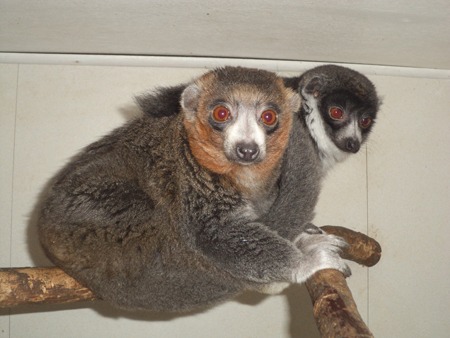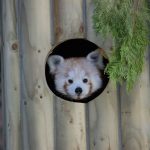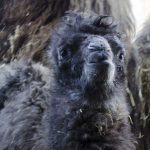Geoffrey & Geraldine the mongoose lemurs settle in

Flamingo Land has yet more new additions to the zoo! We have introduced two mongoose lemurs into our group of ring-tailed and red-bellied lemurs.
These small lemurs are settling in well after leaving their previous home at Edinburgh Zoo. The pair were already living together at Edinburgh so they are already familiar with each other. The male, Geoffrey, is distinguishable from the female, Geraldine, as he has a brown neck while she has a white neck.
All lemurs are native to Madagascar and this species is found in the forests in the North-West. They rely mainly on fruits, flowers and nectar for their diet, but will sometimes eat insects too. The activity behaviour of these lemurs depends on whether it is wet or dry season. During the wet season they tend to be more active in the daytime, and during the dry season at nighttime. They would tend to live in small groups made up of one male, one female and their young offspring. A breeding pair would usually just have one young at a time and it would be born towards the end of summer or early autumn. Once they reach about three years old they leave the group to go and find a breeding partner.
Lemurs can be quite vocal animals and rely heavily on scent marking to claim their territory. They are excellent at climbing and jumping through the trees. They are not able to grasp branches with their long tail, but would use it to balance to ensure they don’t fall from the trees. Their hands and fingers are extremely mobile so they are able to hold food objects and grab the branches when climbing.
Unfortunately, the mongoose lemur population is declining in numbers due to the destruction of their habitat to make way for pasture and charcoal. It is also sometimes hunted for food. It is illegal to kill lemurs, however many local people ignore the law or are unaware of it so continue to hunt this species. Perhaps in the future, our pair of mongoose lemurs will breed here at Flamingo Land and help to maintain the captive population numbers of this vulnerable species.
Lindsay Taylor – Education Officer


